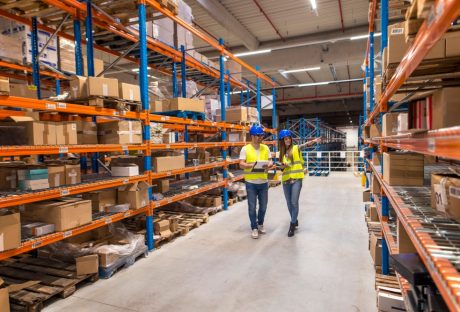When it comes to marketing your business in the digital world, you just cannot overlook the role of Facebook in connecting you with your targeted audience. By learning to use Facebook correctly, you can help your hospitality business go places. Many people are of the view that Facebook may not be a good addition to your digital marketing strategy when you want to promote your hotel or hospitality business, but that is not true.
A study has found that there has been a 41.1% increase in the number of Facebook users between the ages of 35 years and 54 years. The same study noticed an increase of up to 32.6% in the number of Facebook users who are between 24 and 34 years of age. Both of these age groups are more likely to travel and pick your hotel if you could connect with them through Facebook.
Now, it is important to mention that if you do not know how to use Facebook for sales and hotel marketing, you will be better off working with an experienced digital marketing company. However, if you have time and think you can take care of the campaign, you should pay attention to the following points which have been provided by Internet Marketing firm Web20ranker :
Be Sure to Optimize Your Facebook Presence :
Do not think that you will automatically get likes and new friends just because you have set up a Facebook page for your business. It is important to optimize your presence first. This way, people are more likely to find you and then connect with you. For this, you should add categories to your page to make your business type clear and then give local information along with sharing a good description of everything.
Do not forget to upload exciting images of your location and hotel to grab people’s attention. Your ‘About Us’ page should also share valuable and accurate information. It also makes sense to add keywords to your Facebook pages, just like you optimize your website for your primary keywords. Taking this step would prepare your page for the graph search, which is a semantic search engine.
Take an Initiative to Engage Your Fans :
You should do your research to identify your target audience. Your first target should be people who may have already visited your property and stayed there for a while. Their posts will serve as a “social proof” for your prospective guests. To get good results, start investing in those people when they are in your hotel. Give them some incentive to like your page – an incentive could be as little as free internet access for a limited time.
Understand that your hotel business benefits from Facebook only when you encourage your guests and visitors to share their experience and valuable content. Similarly, you should share photos of local attractions and upload pictures of food to attract people. Promotional posts do not have high engagement rates, but you can still throw some offers once in a while to get good results.
Take Advantage of Paid Advertising Options :
Getting good exposure through ‘free’ ways of optimizing your Facebook page is a challenging task, especially after new algorithmic changes that keep news fees from being populated with brand messages. The good thing is that you can use paid advertising options to enhance the visibility of your posts and boost engagement. When done correctly, it also helps expand your fan base.
Through paid advertising, you can use options to find guests on Facebook using their email IDs that you may have collected when they were staying in your hotel. Once you have located those people, you can target them using Facebook ads. Certain paid features also allow you to gain access to friends of fans, which will help broaden your fan base.
Utilize Facebook as a Sales Channel :
While people do not primarily use Facebook to plan trips, it still serves as an important marketing and sales channel. People can utilize Graph Search, Nearby Places, and Reviews to make up their minds about selecting your property on their next trip.
However, to make it produce the desired results, you should also measure performance regularly. The number of likes certainly tells you something about the popularity of your business, but comments are even more important. Your star rating will also play a role here.
If after making every effort, things are not getting better. You may need to work with a digital marketing company to maintain a well-managed presence on Facebook. Be sure to do your research to let the most experienced marketing company take charge of your Facebook marketing campaign!
Read Also :
























